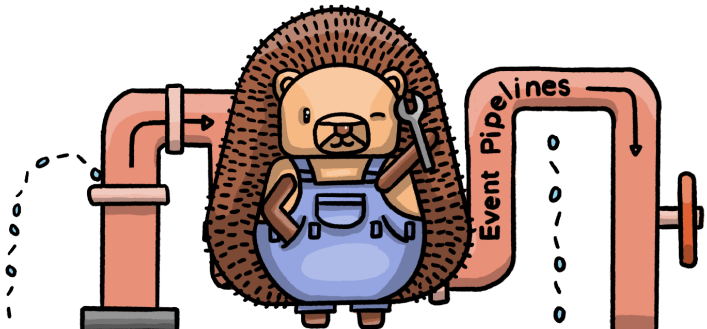Next steps
Last updated:
Now that PostHog is set up, you might want to import historical events. Or just skip ahead and learn what you can do with the product below:
Product Analytics
Visit section
Session recording
Visit section
Feature flags
Visit section
A/B testing
Visit section
Data
Visit sectionQuestions?
Was this page useful?
Next article
JavaScript
Note: You can use our snippet to start capturing events without installing our JavaScript library. This doc refers to our posthog-js library. Installation Usage Autocapture When you call posthog.init the PostHog JS library begins automatically capturing user events: pageviews , including the URL autocaptured events , such as any click, change of input, or submission associated with a , button , form , input , select , textarea , and label tags Autocapture tracks a significant…
Read next article